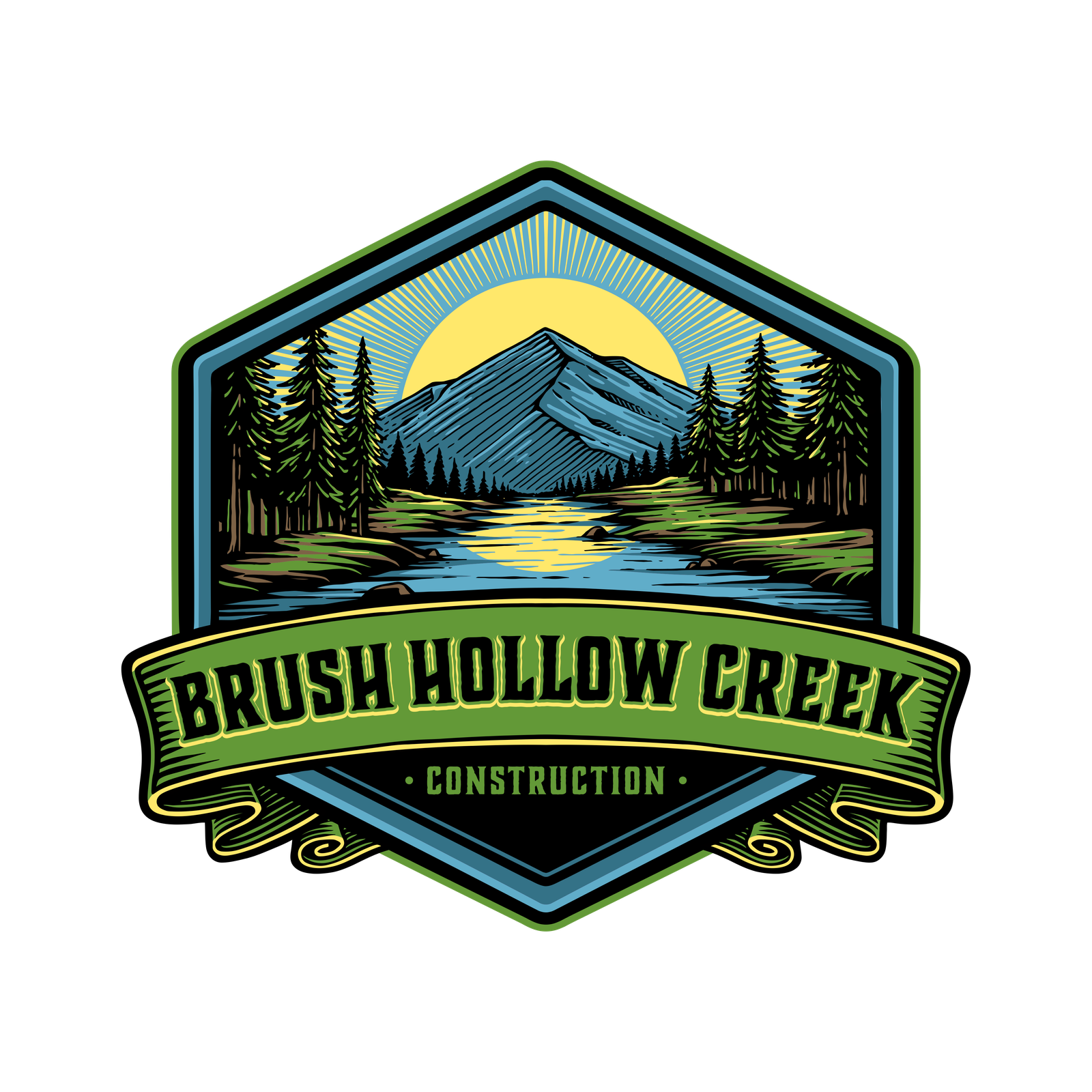Dirt work — also known as earthmoving, excavation, or site preparation — is the foundation of every construction project. Whether you’re building a home, installing utilities, or preparing land for landscaping, dirt work sets the stage for everything that follows.
Yet, many projects go over budget or face long-term damage because of common dirt work mistakes. From poor grading and insufficient compaction to ignoring soil testing, these errors can cause drainage failures, erosion, and even structural collapse.
In this guide, we’ll cover the most common mistakes in dirt work and share expert advice on how to prevent them — ensuring your project remains safe, efficient, and compliant.
Ignoring Soil Testing and Evaluation
One of the most overlooked steps in dirt work is soil testing. Many contractors rush into excavation without understanding the soil type, bearing capacity, and moisture content of the land. This can lead to foundation settling, cracking, or uneven load distribution.
Before breaking ground, a geotechnical engineer should perform a soil analysis to determine:
- Soil composition: clay, silt, sand, or gravel.
- Load-bearing capacity: how much weight the soil can support.
- Drainage characteristics: whether water will flow properly or pool beneath the foundation.
A simple Proctor test or field density test can help measure compaction quality and ensure proper load-bearing capacity.
Skipping this step might save a few days initially but could cost thousands in future repairs.
✅ Pro Tip: Always request a geotechnical report before excavation begins. It’s the blueprint for long-term stability.
Poor Site Grading and Drainage Planning
Proper grading ensures that water flows away from structures rather than toward them.
A common mistake in dirt work is failing to design the right slope — resulting in water pooling, erosion, and even foundation flooding.
Ideal grading slopes typically range from:
- 2–5% away from the building for the first 10 feet.
- 1–2% slope for driveways or paved areas.
Modern GPS grading systems and laser levels make it easy to measure these slopes accurately. Poor manual grading or relying solely on visual estimation can lead to significant drainage issues later.
✅ Pro Tip: Always include a drainage plan in your site design. Incorporate swales, culverts, or French drains to manage water flow efficiently.
Overlooking Utility Marking and Site Safety
Before you start any excavation, you must know what lies beneath the surface. Hitting a water pipe, gas line, or electric cable can cause injuries, legal issues, and project delays.
Many contractors make the costly mistake of not calling 811 (Call Before You Dig) or ignoring local utility marking services.
In the UAE or other international regions, you can contact your local municipal utility authority for underground utility maps and marking before digging.
Additionally, always follow OSHA excavation safety standards, including:
- Shoring or sloping trench walls for safety.
- Providing a safe exit for workers within 25 feet of trenches.
- Monitoring for hazardous gases or soil collapse.
✅ Pro Tip: Use ground-penetrating radar (GPR) or utility locating services before excavation to prevent accidental damage.
Inadequate Compaction Techniques
Compaction is one of the most critical steps in dirt work. It ensures that the ground beneath your structure can bear the load without shifting or cracking over time.
A frequent mistake is improper compaction, caused by:
- Using the wrong equipment (e.g., not using a roller for large areas).
- Skipping moisture conditioning.
- Failing to compact in proper layers (known as lifts).
Each soil layer should typically be compacted at 6–8 inches before adding the next.
Too thick layers trap air and moisture, reducing density and creating weak points.
Testing Methods:
- Standard Proctor Test: Measures optimal moisture and compaction density.
- Field Density Test: Ensures each compacted layer meets design standards.
✅ Pro Tip: Invest in a vibratory plate compactor or roller for large-scale work, and always check compaction quality before proceeding.
Using the Wrong Equipment or Untrained Operators
Choosing the wrong equipment can cause inefficiency, poor grading, or even project damage.
Each phase of dirt work requires specialized machinery:
| Task | Recommended Equipment |
|---|---|
| Excavation | Excavator, backhoe |
| Grading | Bulldozer, motor grader |
| Compaction | Roller, plate compactor |
| Fine Finishing | Skid steer with grading blade |
Untrained operators can make costly errors — cutting too deep, creating uneven slopes, or damaging nearby property.
Always ensure machine operators are certified, insured, and trained in equipment calibration.
✅ Pro Tip: Conduct pre-operation checks daily and calibrate laser systems regularly for accurate grading.
Ignoring Erosion and Sediment Control
Erosion is both an environmental and legal concern. Improperly managed soil runoff can pollute nearby waterways and violate environmental regulations.
Common mistakes include:
- Leaving bare soil exposed to rain and wind.
- Failing to install silt fences or retention basins.
- Not planning for stormwater drainage.
Solutions include:
- Planting temporary grass or cover crops.
- Using geotextile mats and retaining walls.
- Installing sediment traps during excavation.
✅ Pro Tip: Implement erosion control measures at the start of the project, not after problems occur.
Skipping Final Inspection and Quality Checks
Even after the dirt work seems complete, skipping final checks can lead to major issues down the road.
Common oversights include uneven grading, soft spots from poor compaction, or improper drainage slope.
A proper site inspection should include:
- Checking grade consistency with a laser level.
- Verifying compaction results with density testing.
- Reviewing the as-built survey to ensure compliance with plans.
✅ Pro Tip: Document every step of your dirt work — from soil testing to final inspection — for quality assurance and future reference.
Expert Tips to Avoid These Mistakes
- Plan early: Conduct surveys, soil tests, and drainage designs before digging.
- Hire certified professionals: Work with licensed grading contractors and experienced operators.
- Use technology: Leverage GPS-guided grading systems for precision.
- Inspect regularly: Perform quality checks after every major stage.
- Document everything: Keep detailed records for accountability and compliance.
✅ Pro Tip: Good dirt work isn’t just about moving soil — it’s about engineering stability, safety, and longevity.
Cost Implications of Dirt Work Mistakes
Ignoring key dirt work principles often leads to rework, material waste, and delays.
Common cost factors include:
- Extra labor and fuel from regrading or re-excavating.
- Equipment downtime due to poor scheduling.
- Long-term damage repairs (foundation cracks, drainage corrections).
Investing in proper testing, equipment, and skilled labor saves money in the long run by reducing rework.
Choosing the Right Dirt Work Contractor
Selecting the right team is essential to avoid these mistakes.
Look for contractors who:
- Hold valid licenses and insurance.
- Have modern equipment and GPS-based systems.
- Provide detailed project quotes and soil test documentation.
Hiring local contractors familiar with the area’s soil and weather conditions ensures better accuracy and durability.
Conclusion: Plan Smart, Work Smart
Dirt work sets the foundation — literally — for your entire project. Ignoring key steps like soil testing, grading, and compaction can lead to expensive mistakes that compromise safety and structural integrity.
By following proper procedures, hiring skilled professionals, and prioritizing drainage and erosion control, you’ll ensure your land development project is efficient, compliant, and long-lasting.
In construction, a solid foundation begins with smart dirt work — so plan ahead, use the right equipment, and never skip the details.
FAQ Section
Q1. What is the most common dirt work mistake?
Failing to conduct proper soil testing before excavation is one of the biggest mistakes, leading to settling and drainage problems.
Q2. How do I prevent erosion during dirt work?
Use silt fences, cover crops, and proper slope design to control water flow and soil movement.
Q3. What is the ideal slope for grading near buildings?
A 2–5% slope away from the structure is recommended to ensure proper drainage.
Q4. How often should soil compaction be tested?
Each compacted layer should be tested to confirm it meets density requirements before proceeding.
Q5. Why hire a professional dirt work contractor?
Certified contractors ensure safety, compliance, and quality results using advanced grading and compaction tools.

